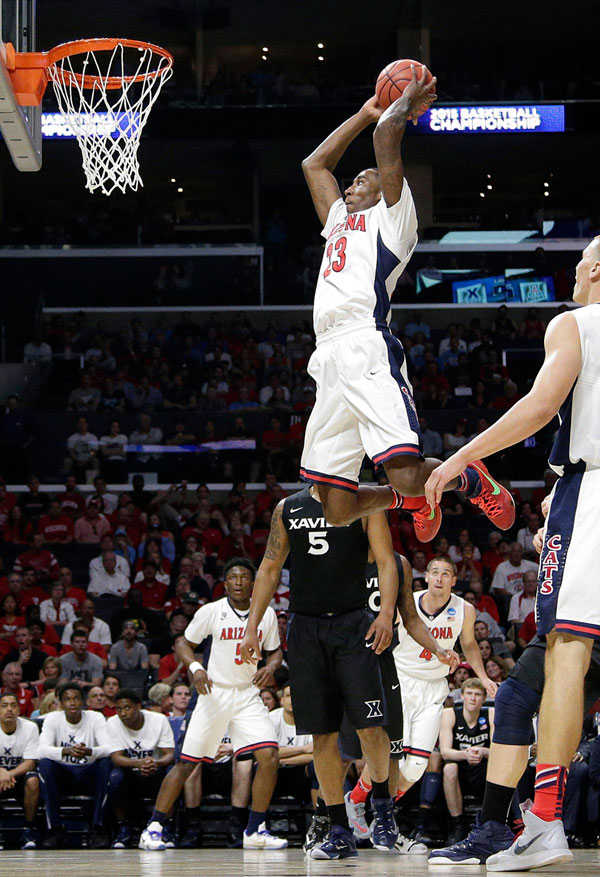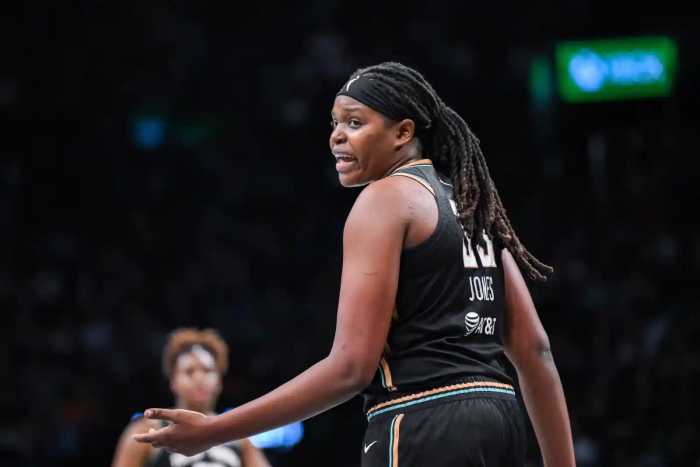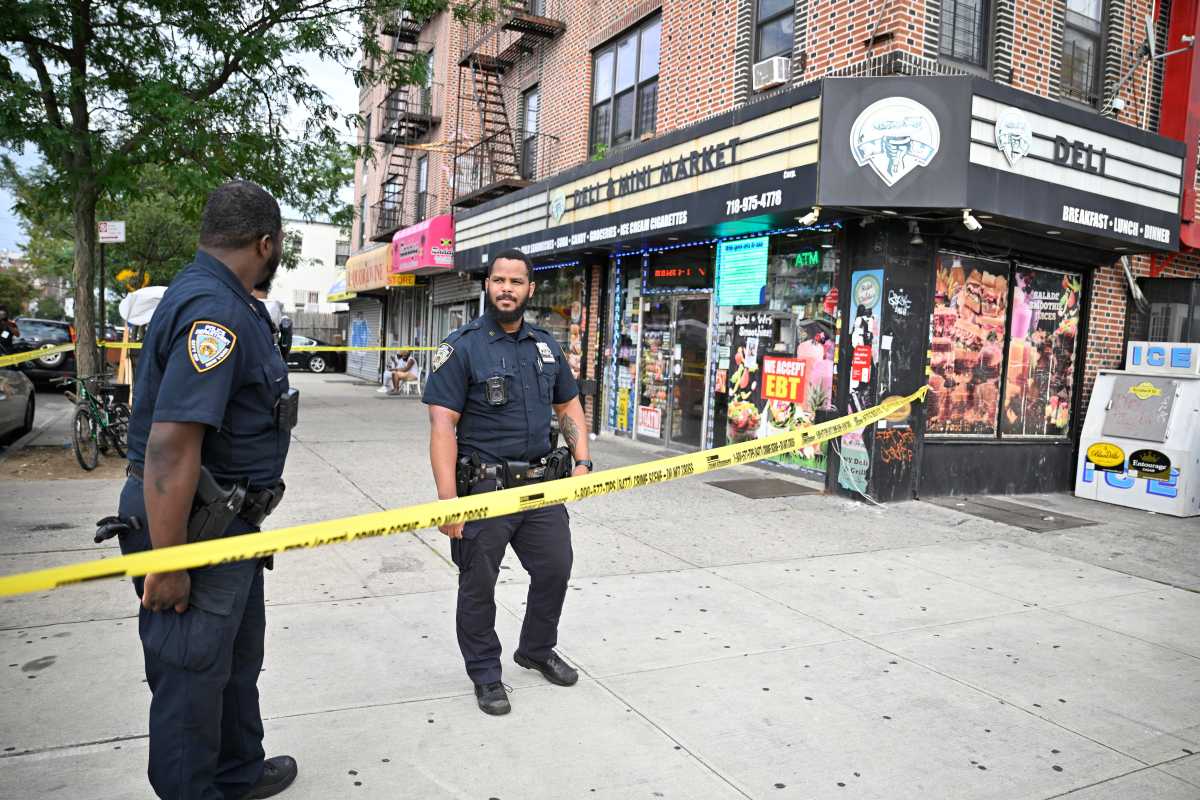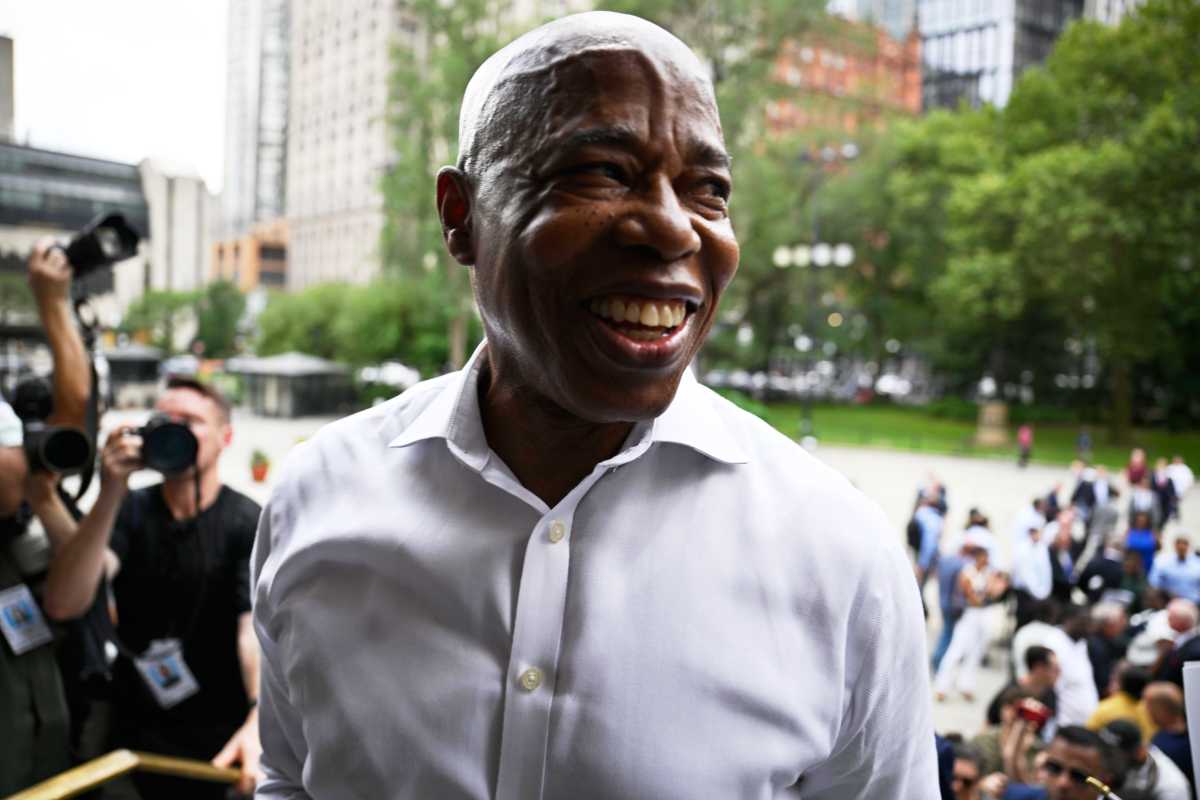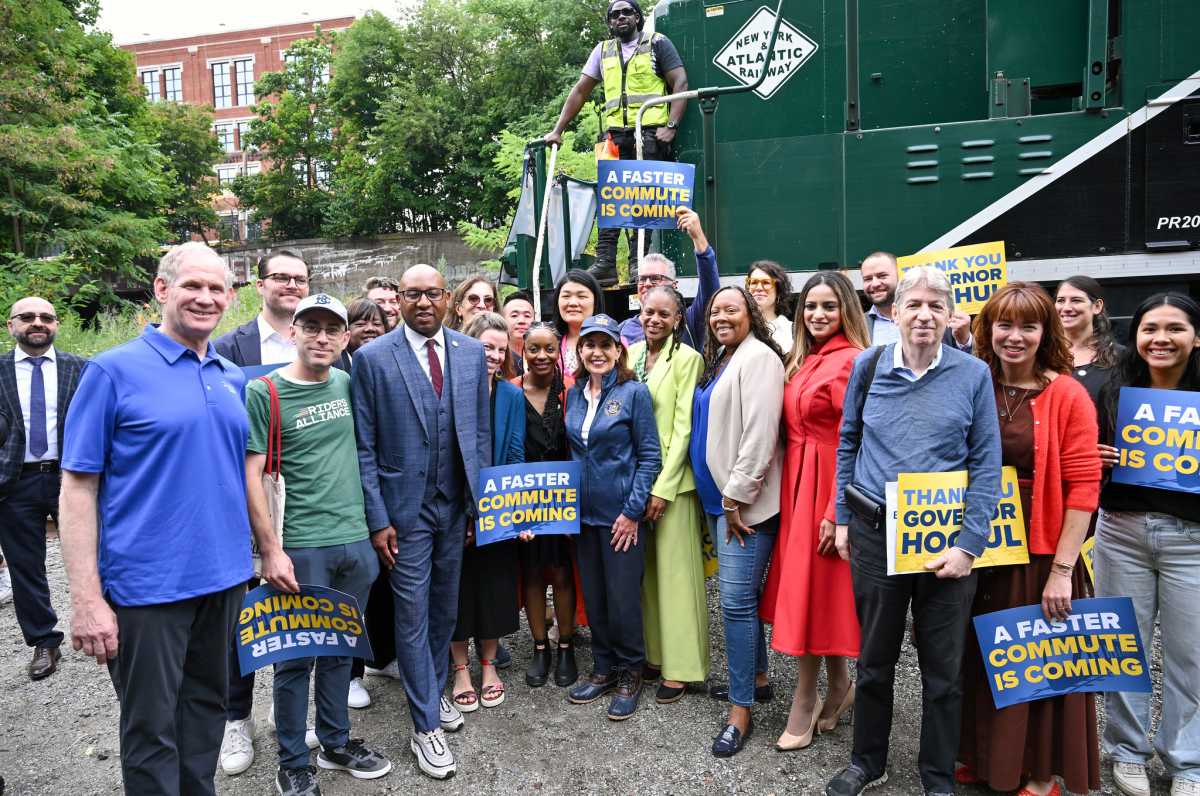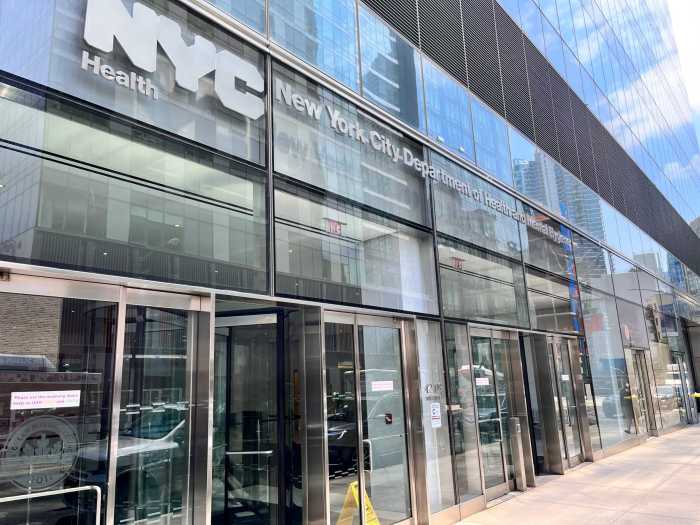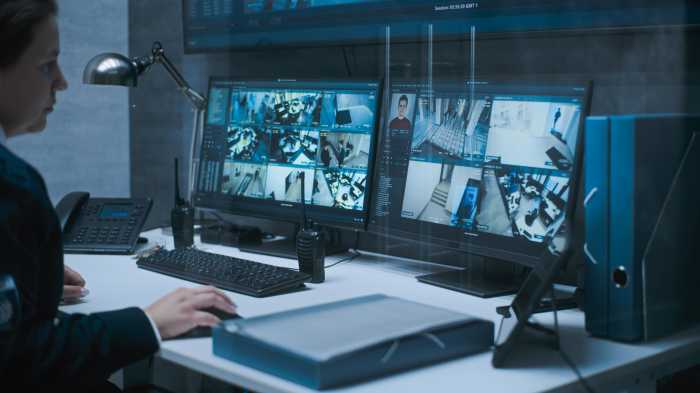The Nets were among the most active players on June 25 when the 2015 NBA Draft roared into the Barclays Center, but the moves general manager Billy King made only create more questions about what his team’s roster will look like next season.
Four new faces are in and Mason Plumlee is out for King, who didn’t make his first move until late in the first round, thanks to a provision swapping first-round picks this season in his July 2012 trade with the Eastern Conference champion Atlanta Hawks that brought Joe Johnson and his albatross contract to Brooklyn.
King used the 29th pick to make a predictable move: selecting Syracuse University forward Chris McCullough, the Bronx native who was long-rumored to landing in Brooklyn. He suffered a torn ligament in his knee during his freshman season, and his status for next season is up in the air.
Drafting McCullough is an attempt by King to hit one out of the park. The Nets, with no first-round pick next season thanks to the win-now trade with the Boston Celtics in 2013 that brought Kevin Garnet and Paul Pierce to Brooklyn, are hoping McCullough ends up being a value pick once his rehabilitation is complete.
At 6-foot-9 and 200 pounds, McCullough has great agility for his size. He sprints up and down the floor in transition and moves like a wing player. His slender frame has plenty of room to fill out, and he can shoot. He’s got a mid-range game, can pick-and-pop effectively, and his speed makes him a dangerous pick-and-roll compliment. That along with his seven-foot wingspan gives him the ability to get back in transition, swipe at the ball and steal, and protect under the rim.
What he lacks is polish. He played only 16 games as a freshman and will need time to learn where to be on the court and what to do once he gets there.

King used the 43rd pick on Pat Connaughton, a hard-working three-point shooter from Notre Dame who was already drafted — by the Baltimore Orioles. But the potential two-sport athlete wasn’t long for Brooklyn, as the Nets traded his rights to the Portland Trailblazers along with big man Mason Plumlee. In return, the Nets received Portland’s first-round selection, Rondae Hollis-Jefferson, a small forward whom the Blazers picked 23rd, and veteran point guard Steve Blake.
The move appears to be financially driven for the salary cap-strapped Nets who need to make wiggle room to re-sign free-agent center Brook Lopez and recently acquired forward Thaddeus Young. Trading Plumlee, who would have made $1,415,520 next season with a $2,328,530 team option for 2016–17, raises the likelihood of the Nets bringing Lopez, who opted out of his option for next season, back. Plumlee was an effective energy player for the first half of last season, but struggled to mesh with Lopez when the latter returned from injury and played the best basketball of his career.
The acquisition of Blake, a 35-year-old journeyman, could mean the Nets will deal guard Jarrett Jack, a favorite of coach Lionel Hollins last season. A cagey perimeter defender and adequate ball distributor, Blake’s $2,170,465 salary is a nice value over Jack’s $6,300,000.
But there may be more than just economics at work here, particularly in the form of Hollis-Jefferson. A 6-foot-7 small forward out of Arizona, Hollis-Jefferson is right up Hollins’ alley — a terrific defensive player who rebounds well and never takes a play off.
If only he could shoot.
He has no three-point range and lacks hands offensively. But that same skill-set hasn’t prevented Grizzlies’ guard Tony Allen from being an effective role player in the league, especially when Hollins coached that team before landing in Brooklyn. Hollis-Jefferson could end up being a key player for the Nets.

For his final act, King followed a popular NBA trend: copy the Spurs.
San Antonio has been a trendsetter for years while winning five of the last 17 championships. One of the earliest teams to embrace the kind of ball movement that teams league-wide are attempting to generate these days, Spurs’ management was also one of the first to recognize the analytics-backed value of relying more on the three-point shot. They were also the first to understand the cornucopia of talent located outside of the United States, and the value in drafting international players late and leaving them overseas to develop for several years. The prime example of this thinking was Argentinian guard Manu Ginobili, a potential Hall of Famer who also was one of the best draft picks in history (only three players were chosen later than Ginobili, the 57th pick, in the 1999 draft).
King obtained a draft-and-stash international prospect that some experts suspected was a Spurs target, trading two future second-round picks to the Charlotte Hornets in exchange for the rights to the 39th overall pick in the draft, Juan Pablo Vaulet, a 19-year-old Argentinian guard who compares well to Ginobili.
An athletic 6-foot-6 slasher, he plays in his native Argentina for a team coached by Ginobili’s brother.
He won’t count against the cap because he’ll stay in Argentina, but two second round picks could be a steep price for a player that is very raw. Still, like Hollis-Jefferson — and unlike his legendary countryman — Vaulet can’t shoot. Not yet, anyway.
You can’t fault the team for trying to hit home runs in this year’s draft instead of settling for base hits.

It is the only choice they have after King dealt away numerous first- and second-round picks in exchange for washed-up, overpaid veterans that produced only minimal playoff success.


